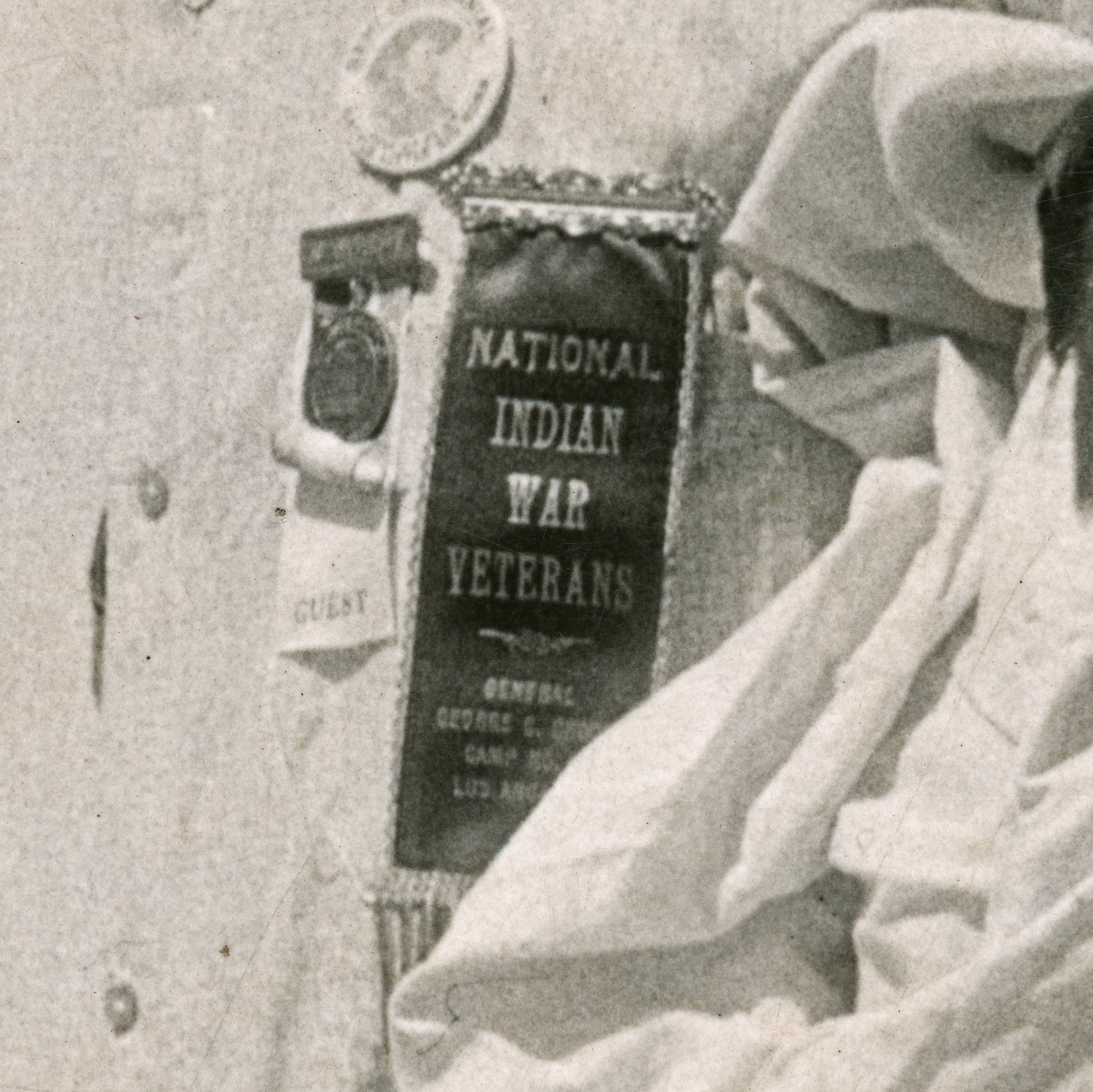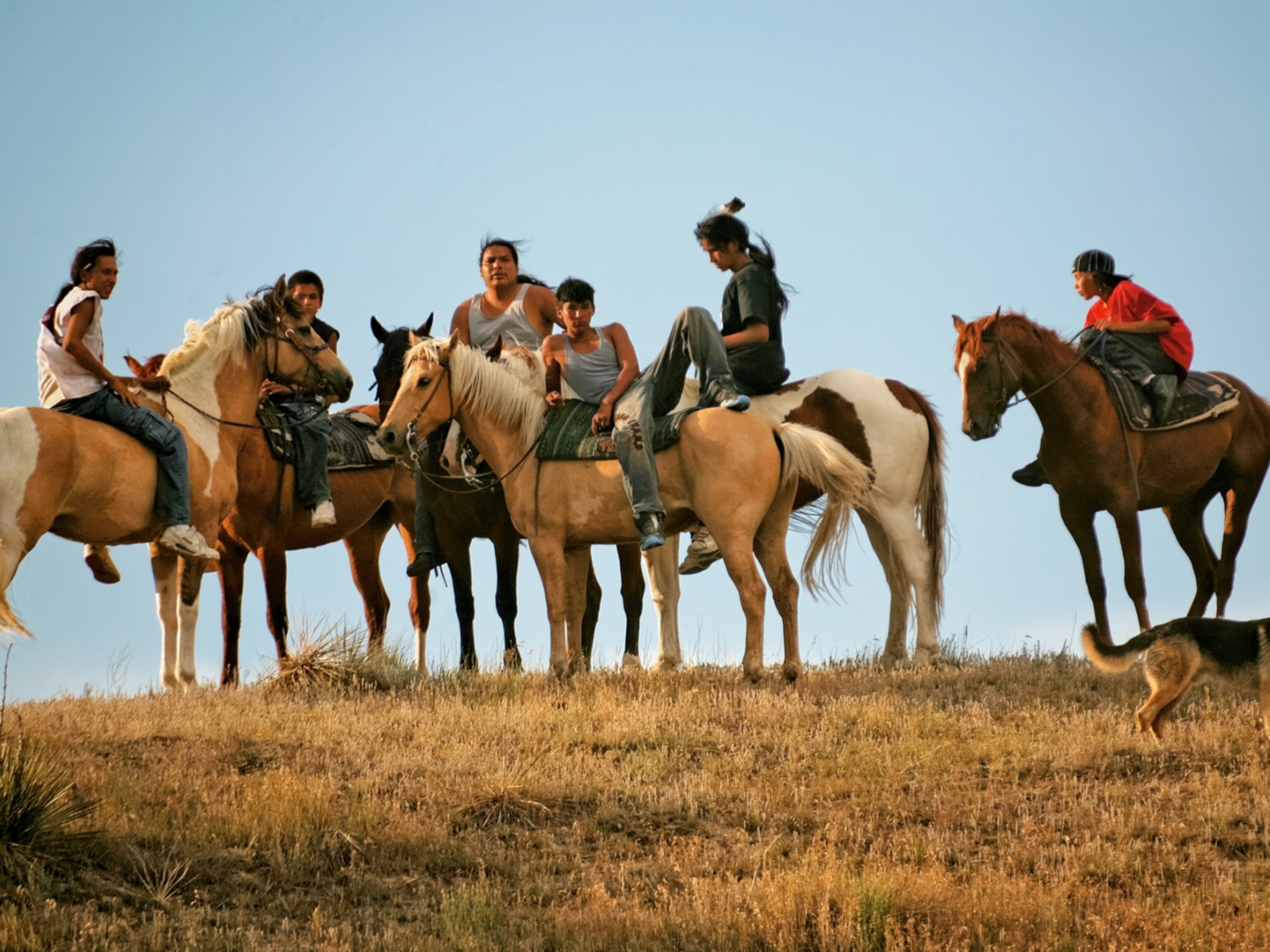
Survivors of Custer’s Last Stand Make Peace
Fifty years after the massacre, former enemies meet to bury the hatchet.

Fifty years after the Battle of the Little Bighorn, survivors gather in Montana. The men—including 82-year-old Brig. Gen. Edward S. Godfrey (wearing glasses) and Cheyenne and other veterans—assembled in June 1926 to shake hands, honor their lost, and ritually bury the tomahawk of the aging Sioux chief White Bull.
Edwin L. Wisherd’s photographs of the region would run a year later in National Geographic with dramatic captions about how the “braves swirled and charged, sweeping [Lt. Col. George A.] Custer and his outnumbered command with a rain of fire.” Godfrey described the aftermath in his field journal on June 28, 1876: “We found the bodies strewn from a few hundred yards of the ford up to a ridge. We buried as nearly as I can count 212 bodies including Genl Custer, whose face & expression was natural.”





